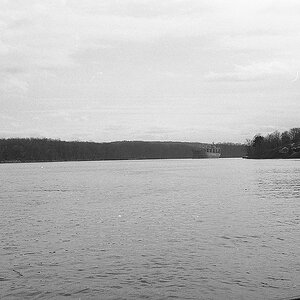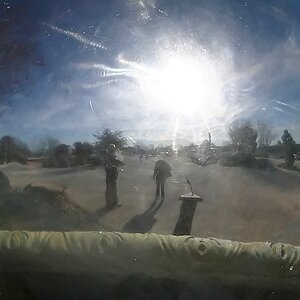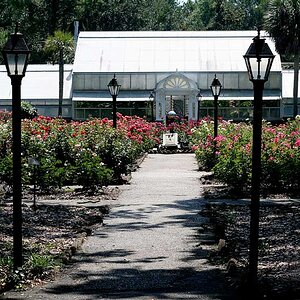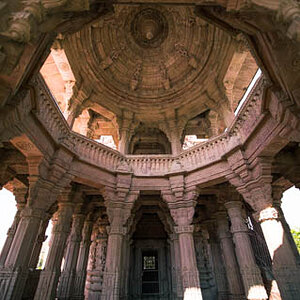AmCam
TPF Noob!
- Joined
- Jun 3, 2014
- Messages
- 6
- Reaction score
- 0
- Location
- UK
- Can others edit my Photos
- Photos OK to edit
I want to convert my spare junk room in to a photo studio, taking pictures of antique furniture. I want to create a feature wall that I can shoot against different pieces of furniture, but I am thinking that my room is a bit small for the type of shot I want. Is there a lens that will pull away and give more of the room? Opposite to a zoom lense???
Thanks
Thanks





![[No title]](/data/xfmg/thumbnail/37/37125-c083e505c2e7d8f15f717a96de782959.jpg?1619737883)
![[No title]](/data/xfmg/thumbnail/37/37605-90c8efaef5b7d1f52d4bf8e7dfd33673.jpg?1619738148)
![[No title]](/data/xfmg/thumbnail/37/37126-93feffeca0e9e6ad893962c03a7a341e.jpg?1619737884)



![[No title]](/data/xfmg/thumbnail/34/34053-89f2960a2f30add00b9b4379abd6dd12.jpg?1619736253)